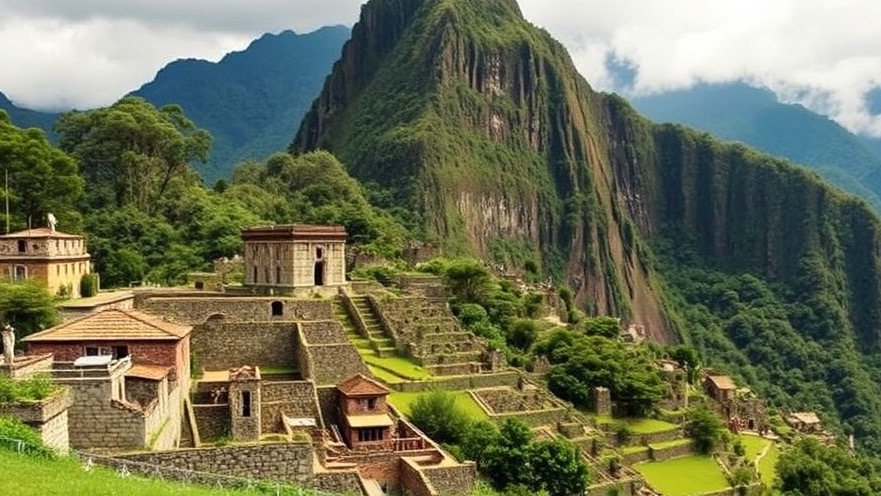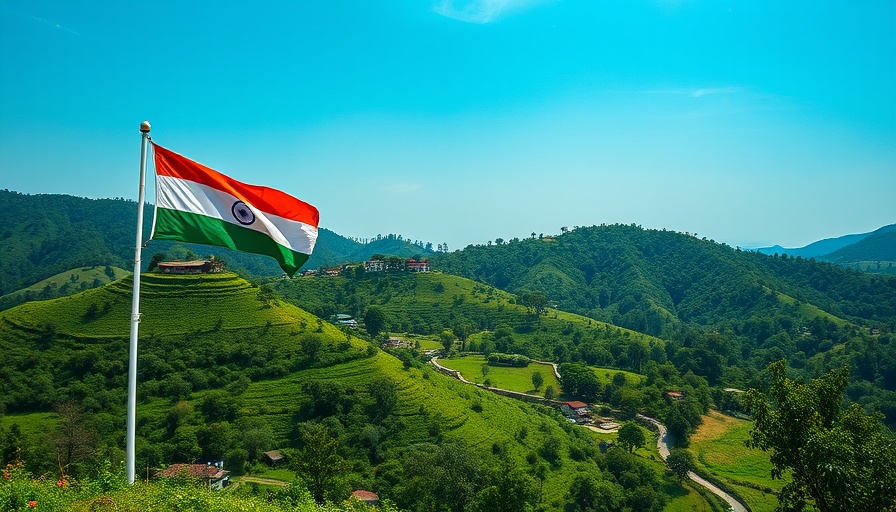
In the heart of Central America, Guatemala stands as a country of contrasts: ancient yet youthful, rugged yet welcoming, deeply indigenous yet richly cosmopolitan. For the traveler seeking something beyond the ordinary, Guatemala offers a raw, vivid, and often spiritual experience. It’s a land where volcanoes kiss the clouds, colonial towns echo with centuries of history, and jungle ruins whisper the secrets of the Maya.
A Patchwork of Landscapes
Guatemala’s geography is a tapestry of highlands, rainforests, lakes, and coastlines. In the western highlands, the dramatic silhouettes of more than 30 volcanoes tower above colorful towns. Some are active—like Volcán de Fuego, which sends plumes of ash into the sky at regular intervals—while others like Acatenango lure adventurous hikers who camp overnight to witness the breathtaking eruptions from a safe distance.
The lush lowlands to the north, particularly the Petén region, are home to vast jungles hiding ancient ruins like Tikal, Yaxhá, and El Mirador. The east and west coasts touch the Caribbean and Pacific oceans, offering an entirely different flavor of Guatemalan life, with palm-lined beaches and Garifuna culture on one side, and black-sand surfing spots on the other.
Antigua: Colonial Charm in the Highlands
No visit to Guatemala is complete without exploring Antigua Guatemala, the country’s most beloved colonial city. Surrounded by volcanoes, this UNESCO World Heritage Site is a postcard-perfect maze of cobblestone streets, pastel-hued buildings, and centuries-old churches. You can spend days here simply walking around: popping into artisan markets, sipping Guatemalan coffee in leafy courtyards, or discovering ruins left from the 1773 earthquake that once destroyed the city.
Despite its tourist appeal, Antigua remains intimate and soulful. Cultural festivals, traditional processions, and religious events like Semana Santa (Holy Week) fill the streets with music, flower carpets, and devotion.
Lake Atitlán: A Lake Like No Other
Nestled in a volcanic crater, Lake Atitlán is arguably the most beautiful lake in Central America. Its surface mirrors the peaks of three volcanoes—Atitlán, Tolimán, and San Pedro—while its shores are dotted with villages, each with its own personality. Panajachel is the main hub, with restaurants, bars, and boat services to other lakeside communities.
Head to San Marcos La Laguna for yoga and holistic healing, San Juan La Laguna for art cooperatives and weaving workshops, and Santiago Atitlán for deep cultural immersion in a Tz’utujil Maya town where rituals are still performed in honor of the deity Maximon.
The lake is also a haven for kayaking, paddleboarding, and simply unwinding while watching the sunset drape the volcanoes in gold.
Tikal: Echoes of a Lost Civilization
For history lovers and spiritual wanderers alike, Tikal National Park is a highlight of any Guatemalan adventure. Hidden deep in the rainforest near the Belize border, Tikal is one of the most iconic and impressive archaeological sites of the ancient Maya world. The city reached its peak around 700 AD and is believed to have supported tens of thousands of people.
Today, it’s a vast and hauntingly quiet place where you can climb towering pyramids and watch toucans and howler monkeys swing overhead. Sunrise tours are especially recommended, offering a magical view over the canopy as the jungle wakes.
Chichicastenango: A Market Like No Other
Chichicastenango, or "Chichi" as it's locally known, hosts one of the most famous indigenous markets in Latin America. On Thursdays and Sundays, the town transforms into a bustling center of color and commerce. Locals in traditional dress sell everything from handwoven textiles and pottery to flowers, spices, and wooden masks used in ceremonial dances.
While you're here, don’t miss the Church of Santo Tomás, where Catholic and Maya rituals blend uniquely. Inside, incense burns while flower offerings and prayers to ancestral spirits coexist with Christian altars.
Semuc Champey: A Natural Wonder
For those willing to take the road less traveled, Semuc Champey is a must-see. Hidden in the dense jungles near Lanquín, this natural limestone bridge features a series of tiered, turquoise pools perfect for swimming. Underneath flows the Cahabón River, adding to the site's mystique.
The nearby K’anba Caves offer adventurous caving by candlelight, where you’ll swim, climb, and crawl through underground rivers. The experience is raw, thrilling, and unforgettable.
Local Life and Responsible Travel
Guatemala is more than its landmarks. Its heartbeat lies in the communities who have preserved their language, culture, and connection to the land. More than 40% of the population identifies as indigenous, with more than 20 distinct Maya groups represented.
Traveling responsibly in Guatemala means supporting local artisans, staying in family-run guesthouses, and choosing community-led tours. Whether you're learning how to weave in San Juan, buying worry dolls made by local women, or taking a cooking class in a Maya household, every small choice adds depth to your journey and support to the communities you visit.
When to Go
The best time to visit Guatemala is during the dry season (November to April) when skies are clear, and hiking and sightseeing are easier. However, the rainy season (May to October) brings lush greenery and fewer crowds—ideal if you're looking for solitude and lower prices.
Festivals like Semana Santa (Holy Week in March or April) and Día de los Muertos (Day of the Dead, November 1)offer unique cultural immersion, while the Giant Kite Festival in Sumpango is a visual feast held each All Saints’ Day.
Guatemala is a country that doesn’t pretend—it presents its natural beauty, its challenges, and its deep spirituality without filter. It invites you to look deeper, listen longer, and connect more meaningfully. From misty highlands and vibrant markets to sacred ruins and serene lakes, Guatemala delivers an experience that lingers long after you've left.
It is not the easiest place to travel—but perhaps that is its greatest charm. For those who venture here, Guatemala reveals itself in layers: sometimes dramatic, sometimes quiet, but always rich and real.
 Add Row
Add Row  Add
Add 




 Add Row
Add Row  Add
Add 

Write A Comment